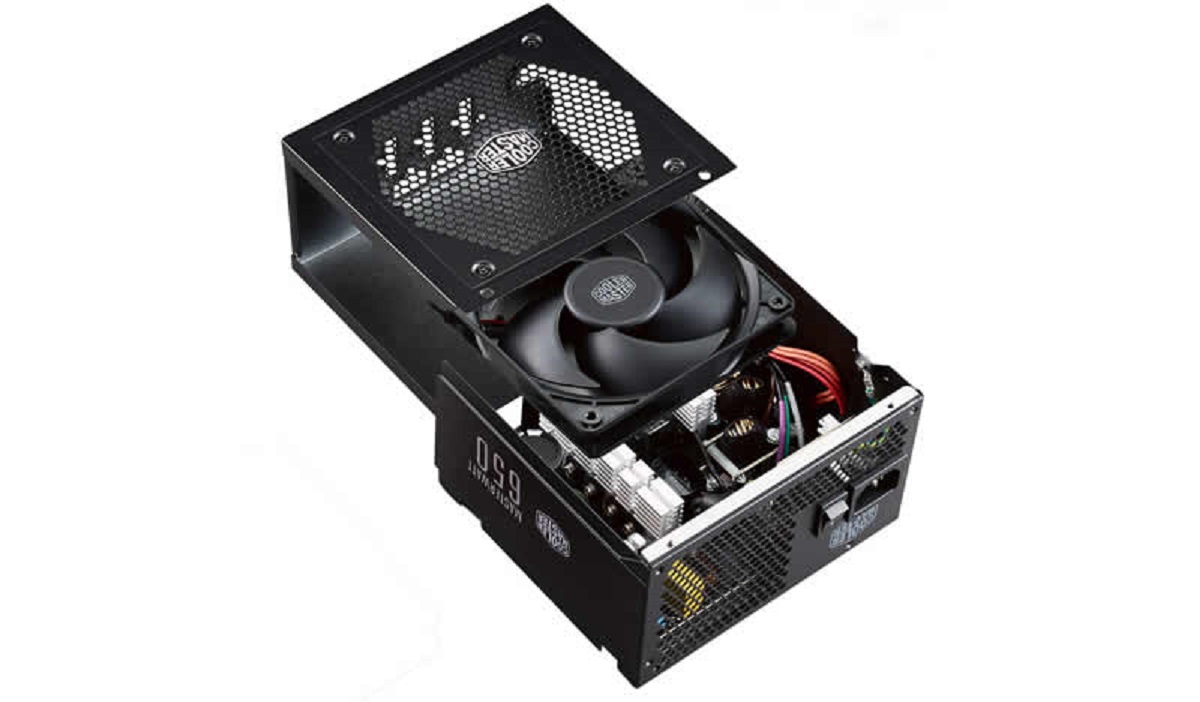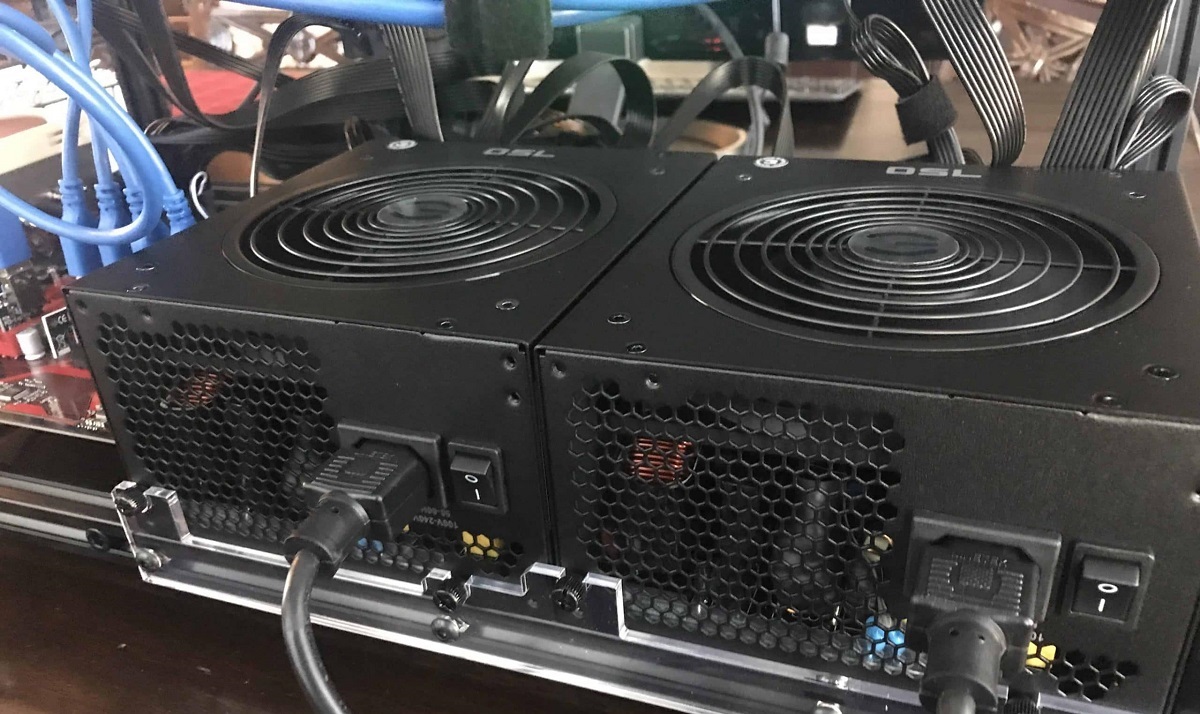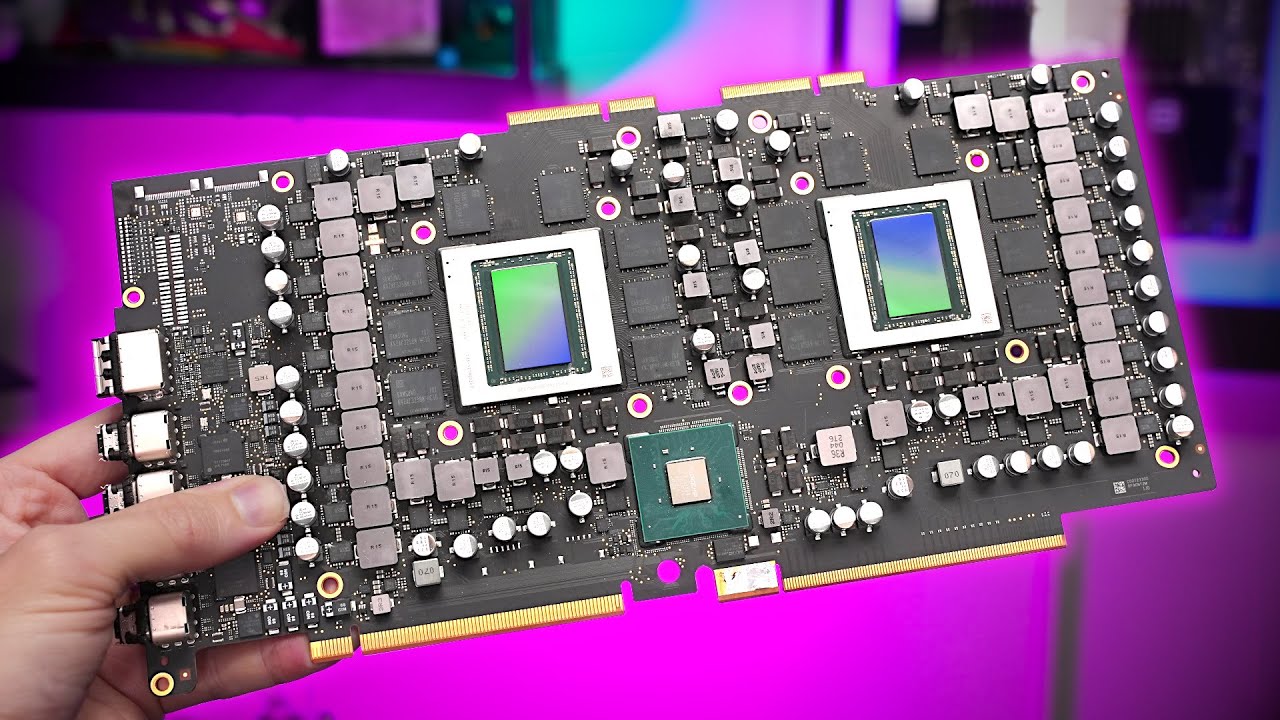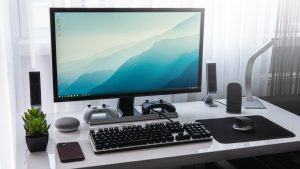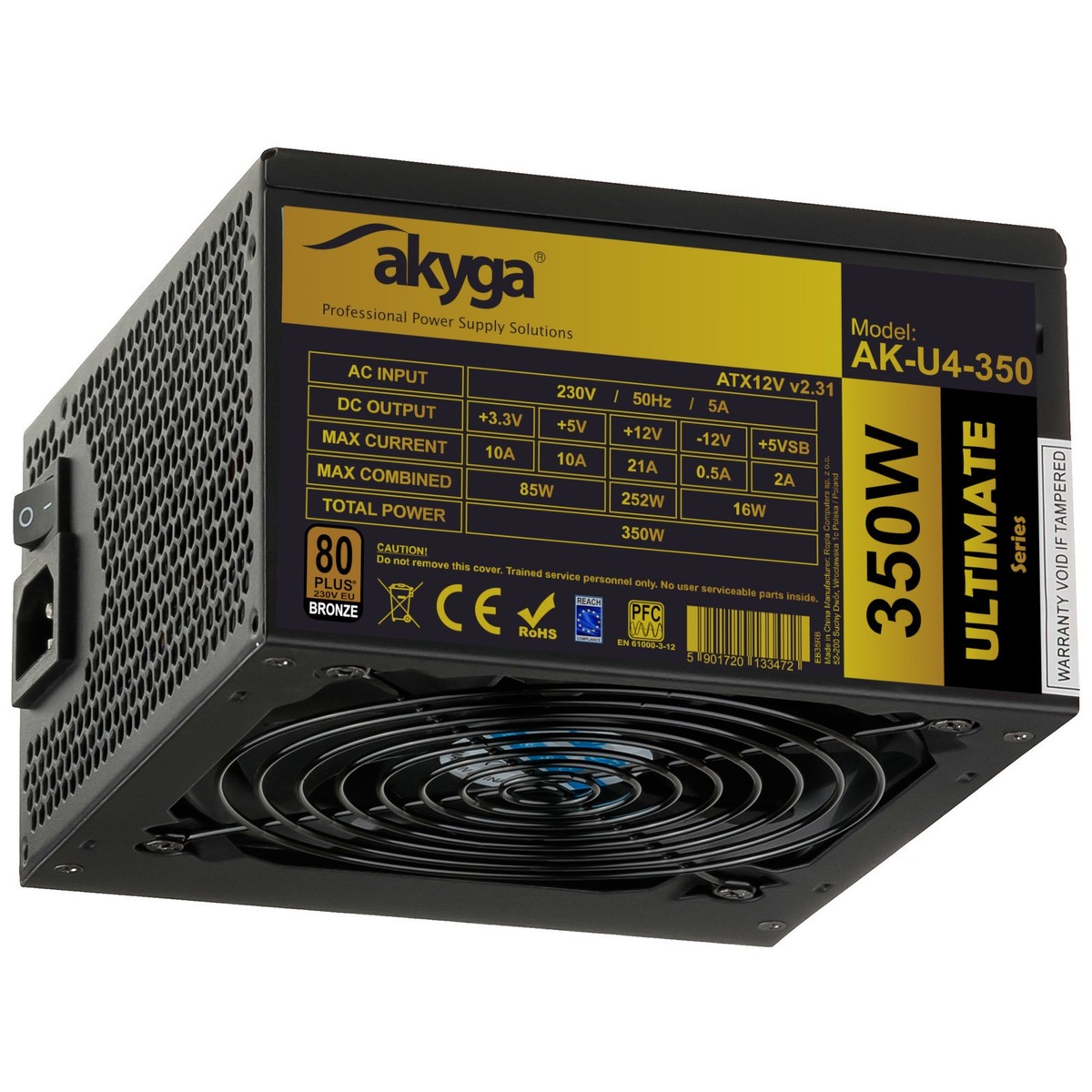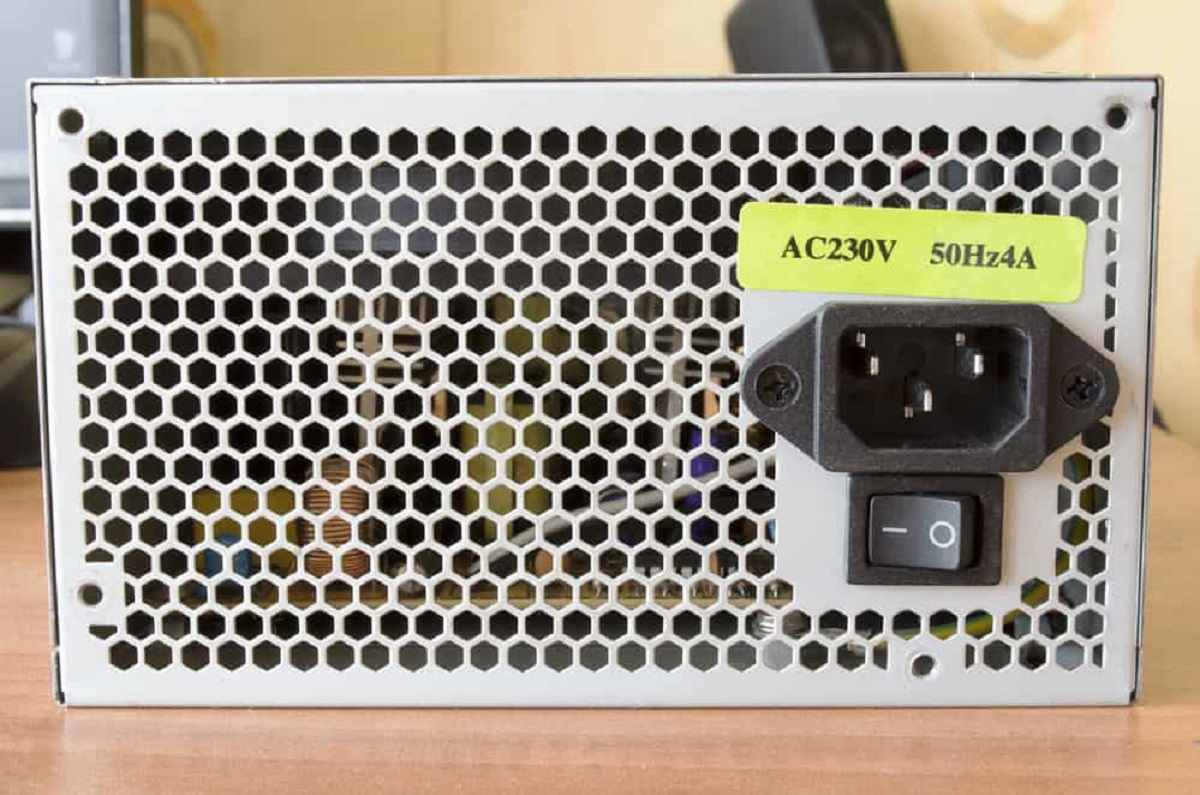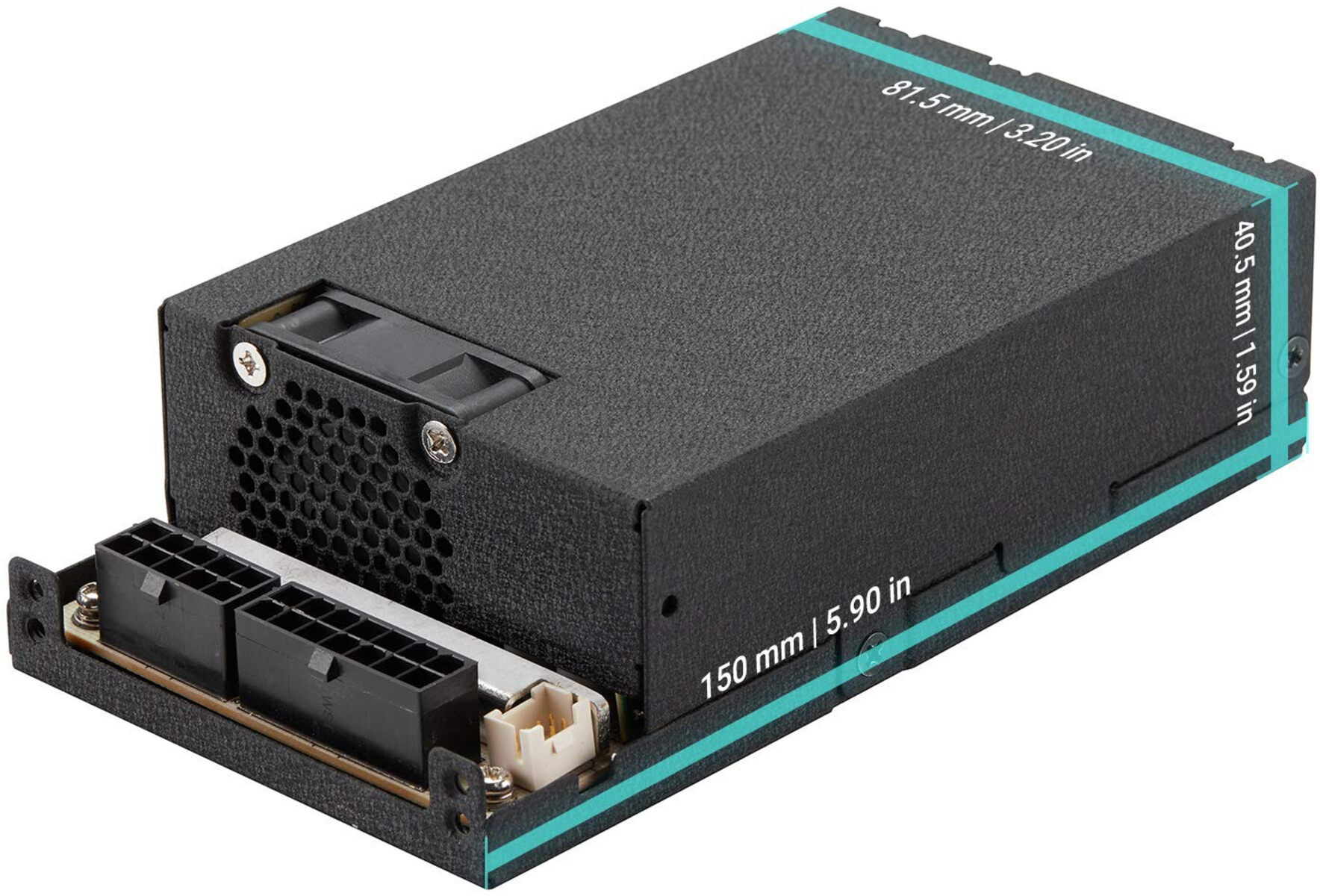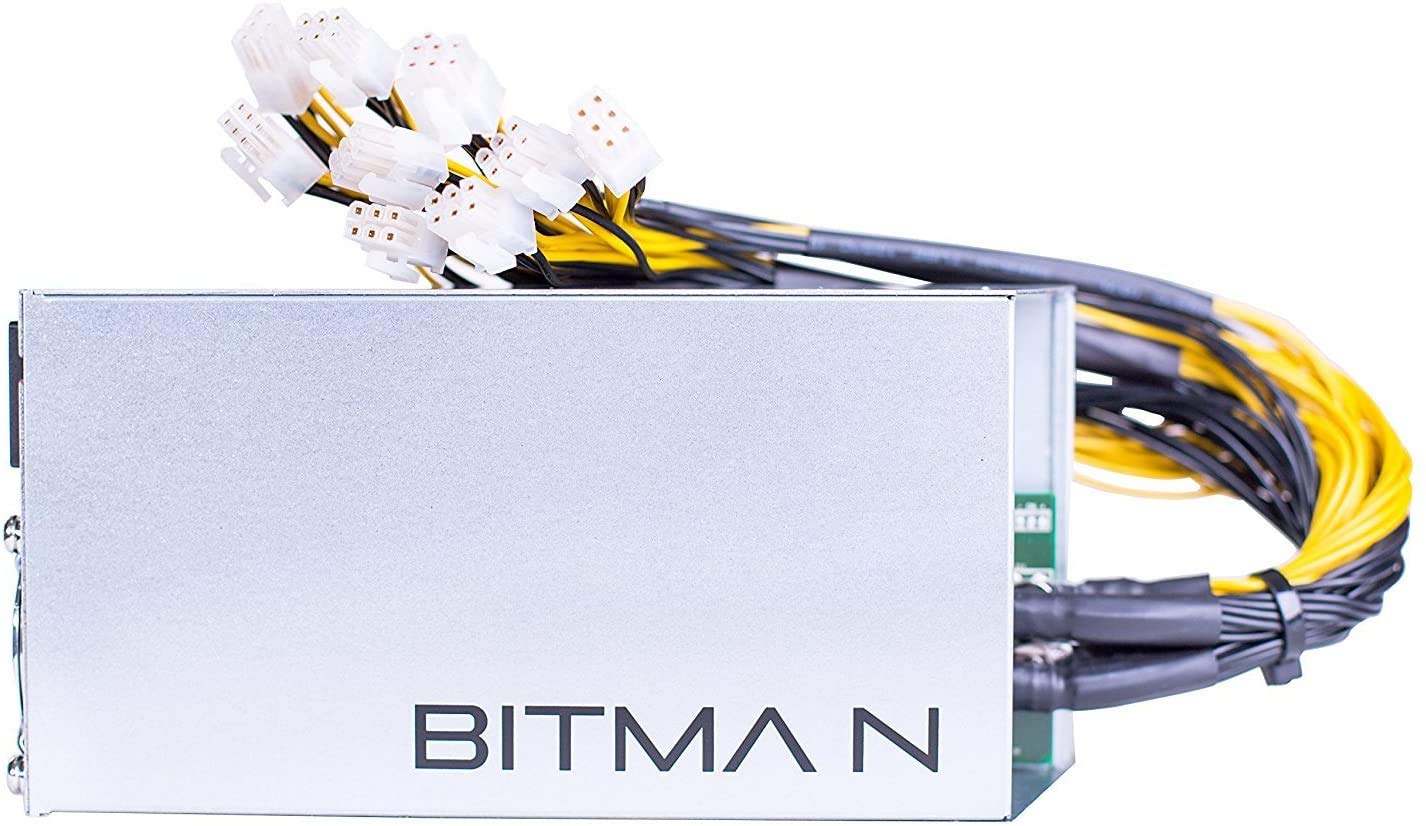Introduction
Welcome to the world of multiple monitors! Whether you’re a professional, a gamer, or simply someone who loves having an expansive display, running multiple monitors can greatly enhance your productivity and overall computing experience. However, one important consideration when setting up multiple monitors is ensuring that your power supply unit (PSU) can handle the load.
A PSU, also known as a power supply or power pack, is responsible for providing electrical power to all the hardware components of your computer, including the monitors. It is an essential component that ensures stable and reliable power delivery for your system.
When it comes to determining how many monitors you can connect to a single PSU, it’s crucial to consider the power consumption of each monitor. Monitors vary in wattage usage depending on factors such as screen size, resolution, and additional features like built-in speakers or USB ports.
In this article, we will explore the various factors that come into play when determining the power requirements for multiple monitors and how to ensure your PSU can handle the load effectively. We will also discuss potential issues that may arise when running multiple monitors off a single PSU and provide some solutions to mitigate these problems.
But before we embark on this journey of power and multiple displays, let’s first dive into the basics and understand what a PSU is and its significance in your computer setup.
What is a PSU?
A PSU, short for Power Supply Unit, is an essential component of a computer system that converts the AC (alternating current) power from your wall outlet into the DC (direct current) power required by your computer’s internal components. It is responsible for providing power to the motherboard, CPU, graphics card, storage drives, and other hardware peripherals, including monitors.
The PSU ensures a steady and stable power supply to your system, preventing abrupt voltage fluctuations that could potentially damage your hardware. It also protects your system from overloading and short circuits by controlling the flow of electricity and regulating the voltage and current levels.
PSUs come in various wattage capacities, which determine how much power they can supply to the connected components. The wattage rating of a PSU indicates how much power it can deliver continuously, and it is important to choose a PSU with adequate wattage to meet the power demands of your system.
PSUs also come in different form factors, such as ATX (Advanced Technology eXtended), SFX (Small Form Factor), and TFX (Thin Form Factor), to accommodate different computer case sizes and configurations.
Moreover, modern PSUs often have additional features like modular cabling, which allows better cable management and reduces clutter inside the computer case, thereby improving airflow and overall system cooling.
In summary, a PSU is the powerhouse of your computer, converting and supplying the necessary power to keep your system running smoothly. It is a critical component that should be chosen carefully to ensure compatibility with your hardware and to meet the power requirements of your system.
Power Consumption of Monitors
When it comes to running multiple monitors off a single PSU, it’s essential to understand the power consumption of each monitor. Monitors vary in their wattage usage, which is influenced by factors such as screen size, resolution, backlight type, and additional features.
Screen size and resolution play a significant role in determining the power consumption of a monitor. Generally, larger screens and higher resolutions require more power. For example, an ultrawide monitor with a screen size of 34 inches and a resolution of 3440×1440 will consume more power compared to a standard 24-inch monitor with a resolution of 1920×1080.
The type of backlight used in the monitor can also impact its power consumption. There are two main types of backlights: CCFL (Cold Cathode Fluorescent Lamp) and LED (Light Emitting Diode). LED backlights are more energy-efficient and consume less power compared to CCFL backlights. Most modern monitors now use LED backlighting, which helps reduce power consumption.
Additionally, monitors with built-in speakers, USB hubs, or other extra features that require additional power will consume more wattage. These additional functionalities can slightly increase the overall power usage of the monitor.
To determine the power consumption of your specific monitor model, you can refer to the manufacturer’s specifications or search for the information online. The power consumption is usually expressed in terms of maximum wattage or average wattage during typical use. Keep in mind that if a monitor has multiple power-saving modes, the power consumption can vary depending on the selected mode.
Understanding the power consumption of your monitors is crucial because it will help you calculate the overall power requirements and ensure that your PSU can handle the load. By considering and summing up the wattage of each monitor, you can determine whether your PSU has sufficient capacity to power all the monitors without overloading it.
Determining the Wattage of Your PSU
Now that you have an understanding of the power consumption of your monitors, it’s important to determine the wattage (power capacity) of your PSU to ensure it can handle the load. The wattage of your PSU should be sufficient to power all the components in your system, including the monitors.
To determine the appropriate wattage for your PSU, you need to consider the power requirements of your entire system, not just the monitors. The power requirements will vary depending on the components you have, such as the CPU, graphics card, storage drives, and other peripherals.
One way to determine the wattage of your PSU is to use an online power supply calculator. These calculators take into account the specifications of your components and provide an estimate of the required power capacity. Simply enter the details of your CPU, graphics card, RAM, storage drives, and other peripherals, along with the number of monitors, to get a recommended wattage range for your PSU.
Alternatively, you can manually calculate the power requirements of your system by adding up the wattage requirements of each component. Check the specifications or documentation of your components for their power consumption values. Be sure to account for any overclocking or additional power demands.
When choosing a PSU, it’s advisable to opt for a unit with a higher wattage than what is calculated as the minimum requirement. This will give you some headroom for future upgrades or additions to your system, ensuring that your PSU can handle any power spikes or fluctuations.
Remember, it’s important to choose a reliable and high-quality PSU from a reputable brand. A well-built PSU will provide stable power delivery, better efficiency, and protection against power surges, thus safeguarding your valuable hardware and prolonging its lifespan.
By accurately determining the wattage requirement of your PSU, you can ensure that your system, including multiple monitors, receives ample power without straining the PSU’s capacity.
Calculating the Power Requirements for Multiple Monitors
When setting up multiple monitors, it is essential to calculate the combined power requirements of all the monitors to determine if your PSU can handle the load. By accurately estimating the power demands, you can ensure that your PSU has sufficient capacity to power all the monitors simultaneously without any issues.
The first step in calculating the power requirements is to determine the power consumption of each individual monitor, as discussed earlier. Sum up the wattage of all the monitors to get the total power consumption of the displays. For example, if you have three monitors with wattages of 30W, 40W, and 50W, the total power consumption would be 120W.
Next, consider the power requirements of the rest of your components. Determine the power consumption of your CPU, graphics card, storage drives, and other peripherals. Add their wattages or consult an online power supply calculator to get the estimated power requirements for the entire system.
Once you have the power consumption values for both the monitors and the other components, sum them up to get the total power requirement for your system. For example, if the monitors require 120W and the rest of the system components require 350W, the total power requirement would be 470W.
Comparing the total power requirement with the wattage capacity of your PSU will help you determine if it is sufficient. If the total power requirement is higher than the wattage of your PSU, it’s advisable to consider upgrading to a higher wattage PSU to ensure stability and avoid overloading the power supply.
Keep in mind that the power consumption of monitors can vary depending on usage patterns. If you frequently use power-saving modes or dim the brightness of the monitors, the power consumption may be lower. Similarly, if you use resource-intensive applications or play graphics-intensive games, the power consumption may increase.
Calculating the power requirements for multiple monitors allows you to make an informed decision about the capacity of your PSU. It ensures that you have enough power to support your entire system, including the monitors, without risking inadequate power supply or potential system instability.
Factors to Consider When Connecting Multiple Monitors to a PSU
When connecting multiple monitors to a PSU, there are several important factors to consider to ensure optimal performance and stability. These factors take into account both the capabilities of the PSU and the requirements of the monitors.
1. PSU Wattage: The wattage capacity of your PSU should be sufficient to handle the combined power requirements of all the monitors and other components in your system. Ensure that the PSU has enough headroom to accommodate any power spikes or fluctuations.
2. PSU Connectors: Check the available power connectors on your PSU to ensure you have enough ports to connect all the monitors. Different monitors may require different types of connectors, such as VGA, DVI, HDMI, or DisplayPort, so make sure your PSU has the necessary connectors or use adapters if needed.
3. Power Distribution: Distribute the power load evenly between the different connectors and cables provided by the PSU. Avoid overloading a single connector by connecting multiple power-hungry monitors to it. Spread the power consumption across multiple cables to maintain a balanced distribution of power.
4. Amperage: Besides wattage, consider the amperage (current) rating of the PSU. Ensure that it can supply enough current to meet the power demands of the monitors. High-resolution monitors may require higher current capacities to operate optimally.
5. Power Efficiency: Look for a PSU with a high power efficiency rating, such as 80 Plus certification. A more efficient PSU converts electrical power more effectively, generating less heat and reducing energy wastage. This not only benefits the environment but also helps in maintaining stable power delivery.
6. Cable Management: Proper cable management is essential when connecting multiple monitors to a PSU. Organize the cables neatly to prevent tangling or obstruction of airflow. Cluttered cables can hinder proper cooling and ventilation, potentially leading to overheating issues.
7. PSU Quality: Invest in a high-quality PSU from a reputable brand. A reliable PSU with quality components will ensure stable power delivery, better voltage regulation, and protection against surges and short circuits. This helps safeguard your monitors and other hardware from potential damage.
8. Future Upgrades: Consider any future upgrades or additions to your system when selecting a PSU. If you plan to expand your monitor setup or upgrade other components, it’s advisable to choose a PSU with a higher wattage capacity to accommodate any potential power requirements in the future.
By considering these factors, you can make sure that your PSU is suitable for connecting and powering multiple monitors efficiently. It’s essential to strike the right balance between the power demands of the monitors and the capabilities of the PSU to ensure a stable and reliable setup.
The Importance of Power Efficiency
When connecting multiple monitors to a PSU, it’s crucial to consider the power efficiency of the power supply unit. Power efficiency refers to how effectively the PSU converts the AC power from the wall outlet into the DC power required by your system. It plays a significant role in both energy consumption and overall system performance.
A PSU with high power efficiency is beneficial in several ways:
1. Energy Savings: A more efficient PSU converts electrical power more effectively, resulting in less energy wastage. This means that less electricity is drawn from the wall outlet, which can lead to lower electricity bills and reduced environmental impact. Over time, the energy savings can be substantial, especially when running multiple monitors continuously.
2. Heat Reduction: Inefficient PSUs generate more heat during the conversion process. Excessive heat can negatively impact system performance by affecting the stability and longevity of components. A power-efficient PSU produces less heat, allowing for better cooling within the computer case and reducing the risk of thermal issues.
3. Stable Power Delivery: A high-quality, power-efficient PSU provides stable and reliable power to the connected components. It regulates the voltage and current levels, preventing fluctuations that could potentially damage sensitive electronics, including the monitors. This stability is crucial for maintaining optimal performance and avoiding issues like screen flickering or distorted images.
4. Longevity of Components: By providing stable power delivery and minimizing heat generation, a power-efficient PSU can help prolong the lifespan of your monitors and other hardware components. Components that receive consistent and clean power are less likely to suffer from premature failure or damage caused by power fluctuations or inadequate power supply.
5. Environmental Considerations: Opting for a power-efficient PSU aligns with environmentally conscious practices. By reducing energy consumption, you contribute to a greener approach and help minimize carbon emissions. Additionally, some power-efficient PSUs meet industry standards and certifications, such as 80 Plus, which further ensures their energy efficiency and environmental friendliness.
When selecting a PSU, consider the power efficiency rating, such as 80 Plus certification levels like Bronze, Silver, Gold, or Platinum. These certifications indicate the efficiency level of the PSU, with higher ratings corresponding to better energy conversion. Investing in a power-efficient PSU not only benefits your wallet and the environment but also contributes to the overall stability and longevity of your monitor setup.
Potential Issues with Running Multiple Monitors off a Single PSU
Running multiple monitors off a single PSU can present some potential issues that need to be considered to ensure a stable and reliable setup.
1. Power Overload: Connecting too many monitors or power-hungry monitors to a single PSU can overload the power supply. This can result in unstable power delivery, system crashes, or even damage to the PSU or other components. It’s important to ensure that the combined power consumption of the monitors does not exceed the wattage capacity of the PSU.
2. Insufficient Power Supply: Using an underpowered PSU for multiple monitors can lead to inadequate power supply. This can cause the monitors to operate at reduced brightness, exhibit flickering screens, or fail to function altogether. Insufficient power supply can also negatively impact the performance of other components in the system.
3. Inadequate Connectors: PSU connectors can limit the number of monitors you can connect. If your PSU does not have enough connectors, you may need to use splitters or adapters to accommodate multiple monitors. However, using too many adapters or splitters can introduce additional points of failure and may not provide sufficient power to all the monitors.
4. Cable Management Challenge: Connecting multiple monitors to a single PSU can result in a complex and cluttered cable management situation. This can affect airflow and cooling within the computer case, leading to increased heat buildup and potential overheating issues. Careful cable management is necessary to ensure proper cooling and prevent cable tangling or obstructions.
5. Power Efficiency Considerations: Running multiple monitors can put additional strain on the PSU’s power efficiency. The PSU may operate less efficiently and generate more heat when supplying power to multiple monitors simultaneously. This can impact overall system performance and increase energy consumption.
6. Compatibility Issues: Some monitors may have specific power requirements or limitations when it comes to connecting multiple monitors. It’s crucial to check the manufacturer’s recommendations, compatibility guidelines, and system requirements to ensure that the monitors are compatible with each other and with the PSU you are using.
To mitigate these potential issues, it is advisable to use a PSU with ample wattage capacity to handle the power requirements of multiple monitors. Additionally, opting for a high-quality PSU, maintaining proper cable management, and considering power efficiency ratings can help ensure a stable and efficient setup when running multiple monitors off a single PSU.
Solutions for Running Multiple Monitors with a Single PSU
Running multiple monitors with a single PSU can be achieved effectively by following certain solutions that help overcome potential challenges and ensure a stable and efficient setup.
1. Choose a Sufficiently Powered PSU: To avoid power overload or insufficient power supply, select a PSU with a wattage capacity that exceeds the combined power requirements of all the monitors and other system components. This ensures that the PSU can handle the load without compromising stability.
2. Consider a Multi-Rail PSU: A multi-rail PSU divides the available power output into separate rails, each supplying power to different components. This helps distribute the power load more efficiently, preventing overload on a single rail and ensuring balanced power delivery to the monitors and other components.
3. Utilize Power-Saving Features: Some monitors offer power-saving features like sleep mode or automatic power-off when not in use. Leveraging these features can help reduce power consumption, allowing the PSU to handle multiple monitors more effectively.
4. Optimize Cable Management: Ensuring proper cable management is crucial for maintaining good airflow and preventing cable tangling or obstructions. Neatly organize and route the cables to avoid clutter and allow efficient cooling within the computer case.
5. Use High-Quality Power Connectors: When connecting multiple monitors to the PSU, make sure to use high-quality power connectors and avoid excessive use of adapters or splitters. Poor-quality connectors or excessive adapters can contribute to power delivery issues or introduce points of failure in the setup.
6. Consider External Power Sources: In certain cases, especially when running a large number of high-power monitors, using external power sources like docking stations or external power adapters can offload the power demand from the PSU. These external sources can provide dedicated power to the monitors, reducing the strain on the PSU.
7. Efficiently Use Display Connections: Depending on the available connectors, consider connecting monitors to different display outputs on your graphics card or motherboard. Distributing the monitors across multiple connections helps optimize power distribution and can reduce strain on a single connector.
8. Monitor Power Synchronization: Some monitors can be powered on or off synchronously, either through software settings or using power strips with master/slave functionalities. This helps manage power consumption and allows for convenient power control of multiple monitors.
By implementing these solutions, you can effectively run multiple monitors with a single PSU. Careful consideration of power requirements, efficient cable management, and the use of appropriate power connectors will contribute to a reliable and well-managed setup.
Conclusion
In conclusion, running multiple monitors off a single PSU can greatly enhance your computing experience and productivity. However, it is crucial to consider various factors to ensure a stable and efficient setup. Understanding the power consumption of each monitor and calculating the power requirements for the entire system are essential steps in determining the compatibility between the monitors and the PSU.
Choosing a PSU with adequate wattage, sufficient power connectors, and high-quality components is paramount. Consider multi-rail PSUs for better power distribution and power-saving features to reduce energy consumption. Additionally, optimizing cable management and utilizing external power sources can contribute to a more reliable setup.
Furthermore, maintaining power efficiency is important for minimizing energy wastage and reducing heat generation. A power-efficient PSU not only saves on electricity costs but also helps in maintaining stable power delivery and protecting your hardware from damage caused by power fluctuations.
Remember to check compatibility guidelines, consider future upgrades, and select a reputable brand PSU to ensure longevity and reliability. By taking these precautions and implementing the suggested solutions, you can successfully run multiple monitors off a single PSU and enjoy an expansive, efficient, and visually immersive computing experience.









